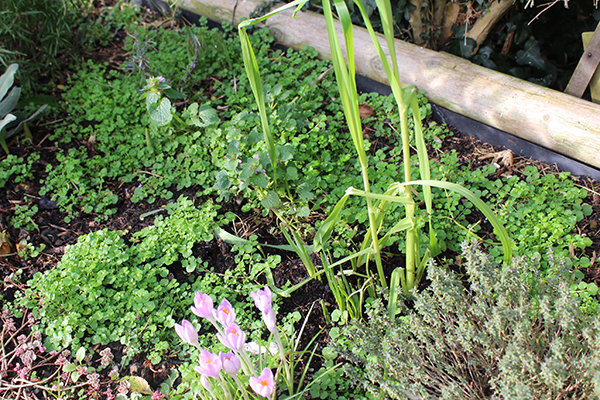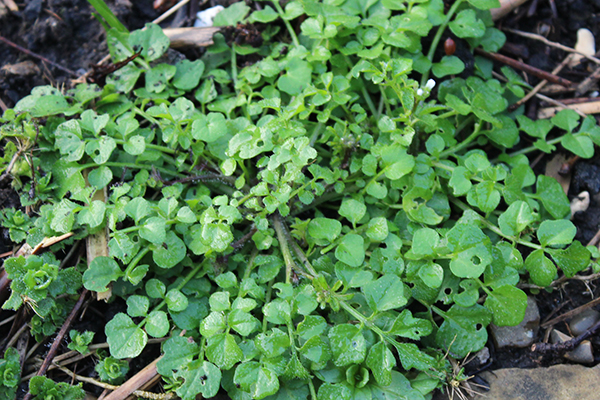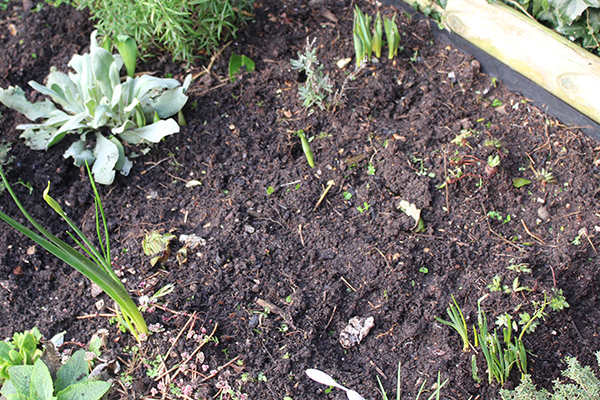Us gardeners have a love–hate relationship with the rain. We moan when there is too little of it, we moan when there is too much of it. We want it to rain for the benefit of our plants, but only when it’s convenient for us. Right now, we don’t have a lot of say in the matter. It’s raining (a lot), so we have to make the best of it.
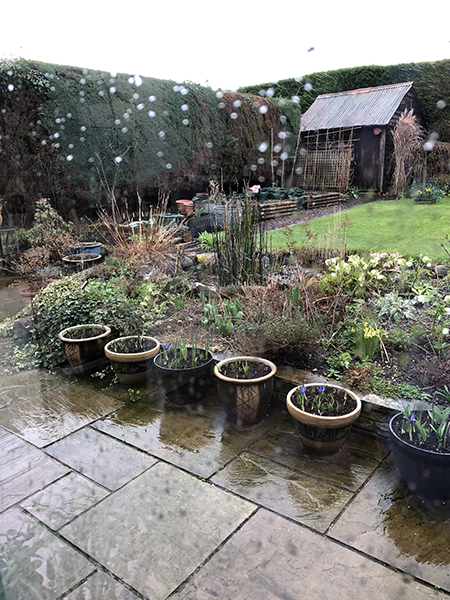
Not that I’m complaining. In the South, we’ve come through Storm Ciara and Storm Dennis relatively unscathed. A few puddles here and there is nothing compared to the devastation some people are dealing with, and my heart goes out to all those affected by the floods.
So, although the lawn is too squelchy (love that word!) to walk on and the heavy clay soil in some of my borders has become unworkable, there is still plenty I can do. Here are my top 5 rainy day activities.
1. Feed the birds
Birds require high-energy foods right now; not only do they need it to keep warm, but they are also building up reserves ready for nesting and breeding.
We put out a scoop of no-mess bird seed on each of our 3 bird tables every morning, and top up in the afternoon when we can. And we keep the bird feeders filled with nuts and fat balls. (Note I say ‘we’. As his and her gardening tasks go, this one’s a shared one.)
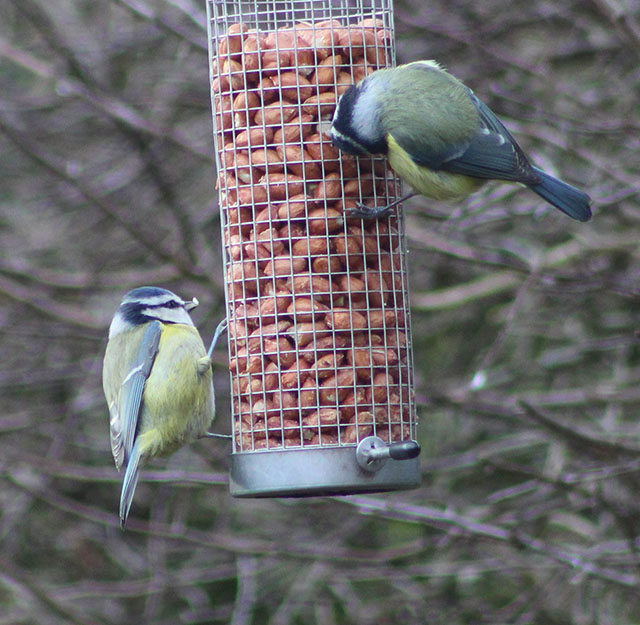
2. Start sowing
If you’ve got a shed, garage or greenhouse to shelter in, now is the time to start sowing vegetables and slow-germinating annuals. The young plants can then be planted outside when the soil starts to warm up.
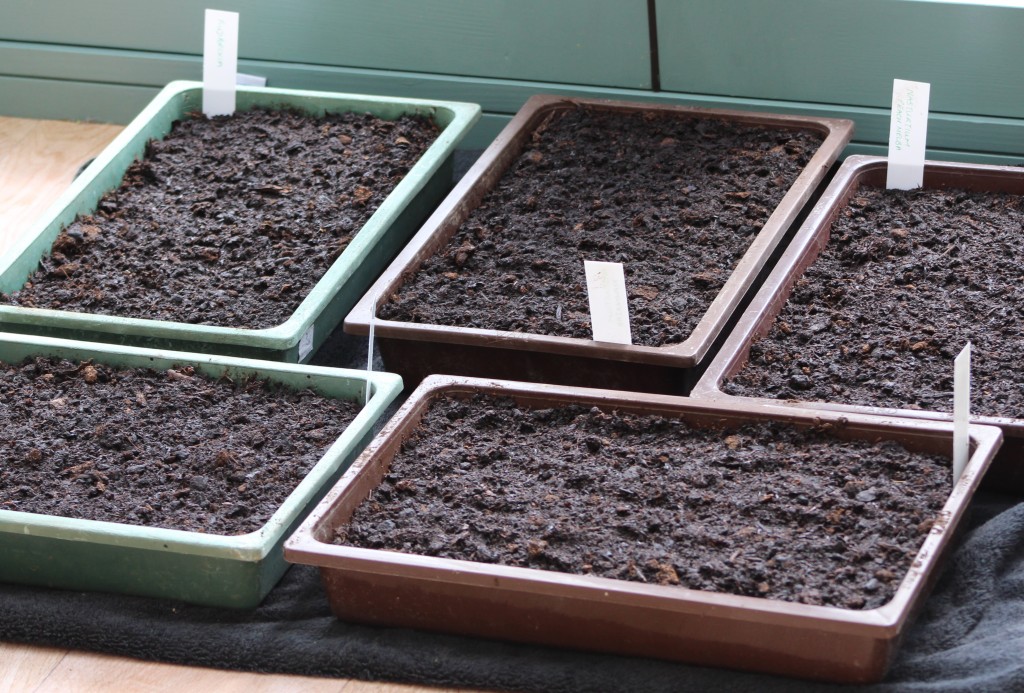
3. Weeding and pruning
I wouldn’t advise working in the garden if gale force winds are hurling things around, but if you’re feeling game, put on your woolies and waterproofs and get out there. You can do everything you do in a T-shirt and trainers in a cagoule and wellies instead, particularly if you’re only out there for 15 minutes at a time. Just avoid walking on waterlogged lawns and borders – it won’t do them any good.

There’s plenty of pre-Spring pruning to do and if your soil isn’t too much of a sticky mess then you may be able to tackle some weeding from a solid footing on paths or patios.
I’m fortunate to have a large patio to work from, and my raised vegetable beds are surrounded by bark chippings, so no excuses there. The borders next to the lawn will have to wait though.
4. Get organised
Rainy days are a great opportunity to get organised.
- Tidy the shed
- Sort seeds and plan sowings
- Order seeds and plug plants
- Take an inventory of supplies
- Plan your 2020 garden
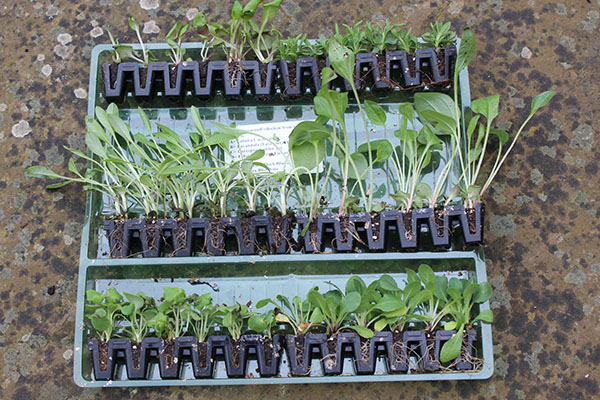
5. Clean and maintain tools and pots
It’s a dull job, but if you’re at a loose end on a rainy day, then you could spend 15 minutes cleaning pots and tools. Also check that your hand tools are in tip top condition for the gardening season ahead. Oil and sharpen secateurs and loppers, and check you’ve got cord for your strimmer. Don’t forget to service your lawn mower too.
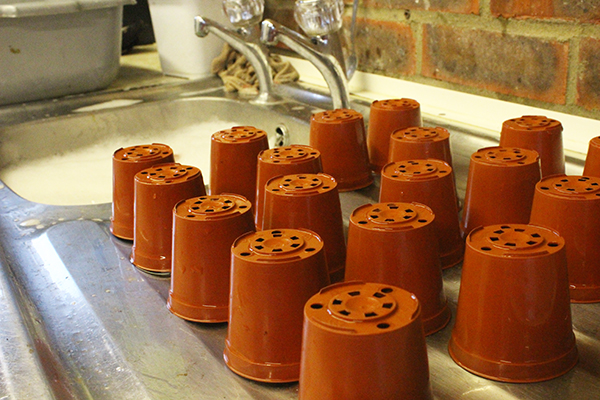
And after all that, nothing beats settling down with some good reading material and a cuppa and picking up some tips from the experts.


